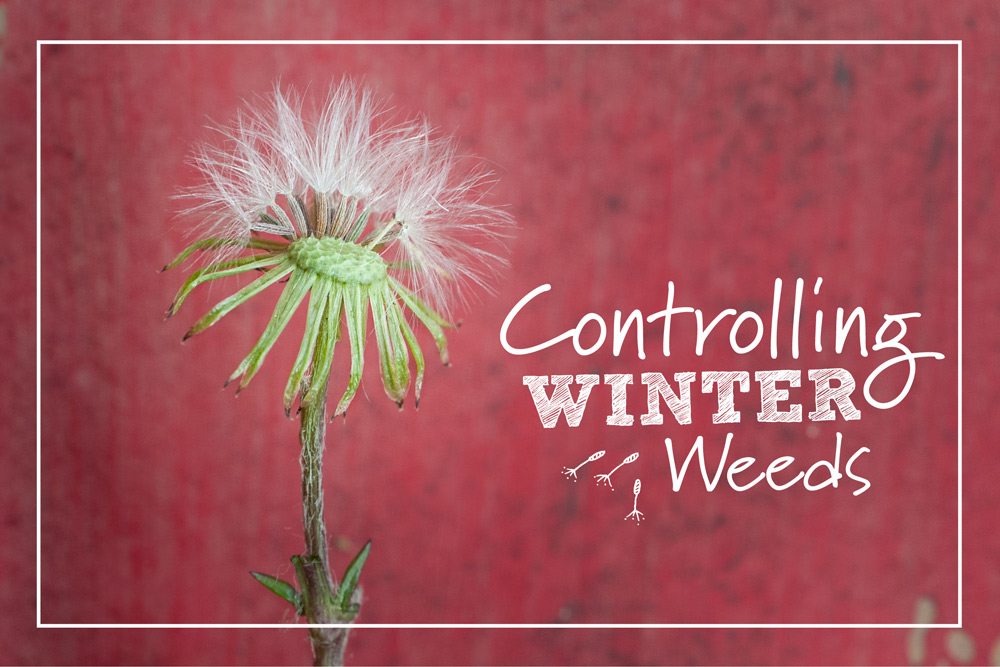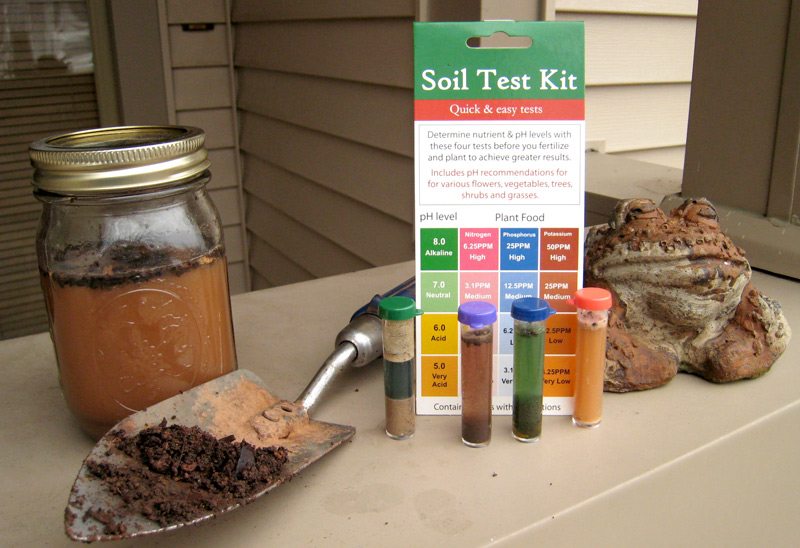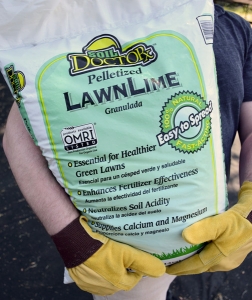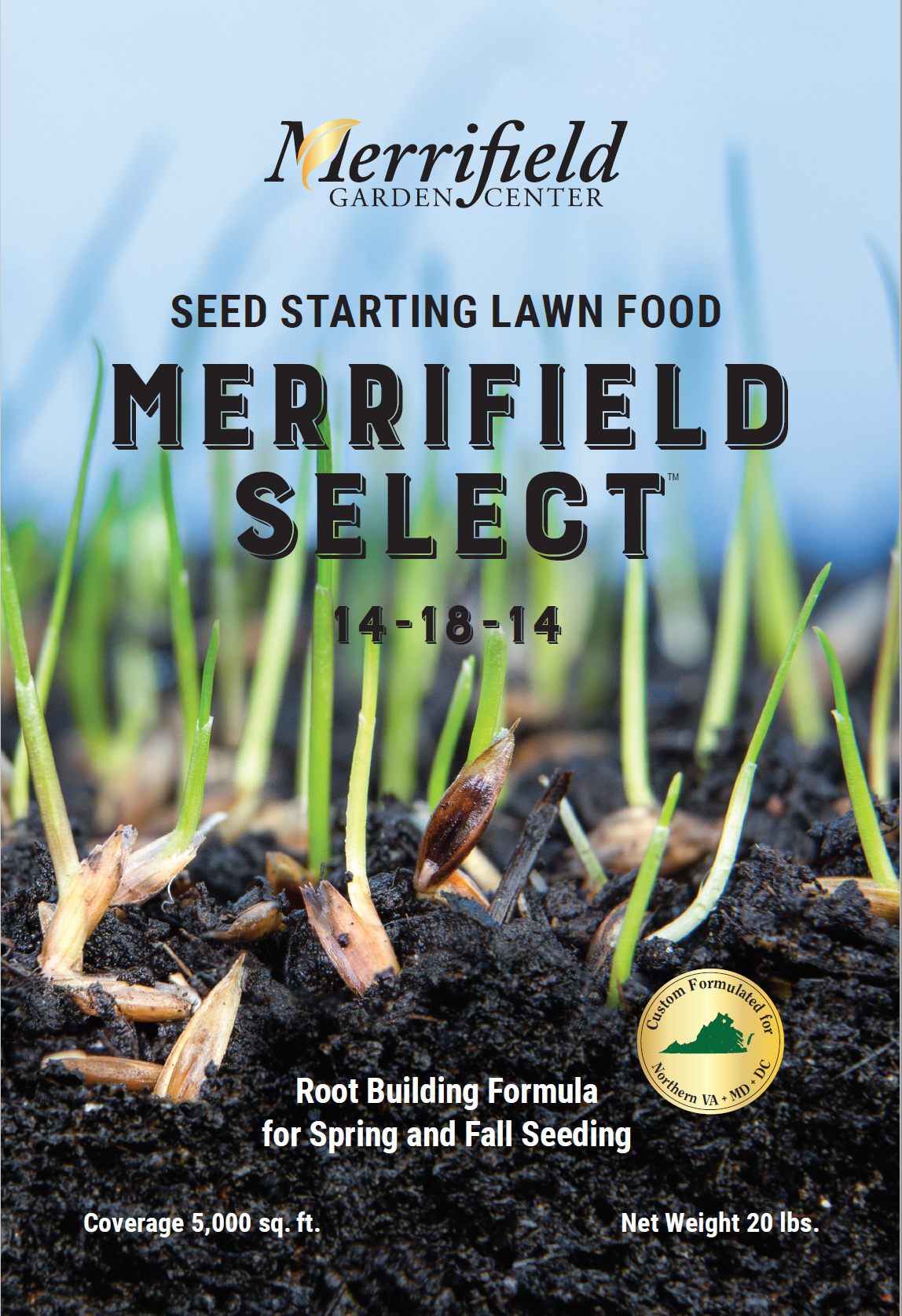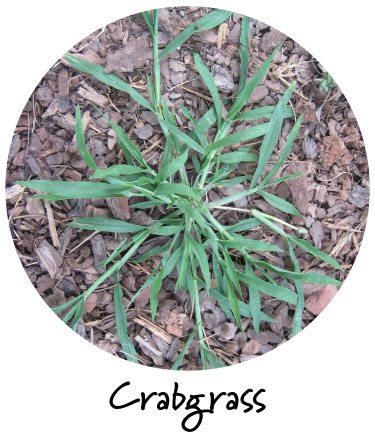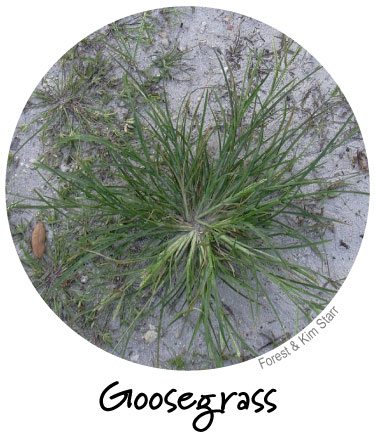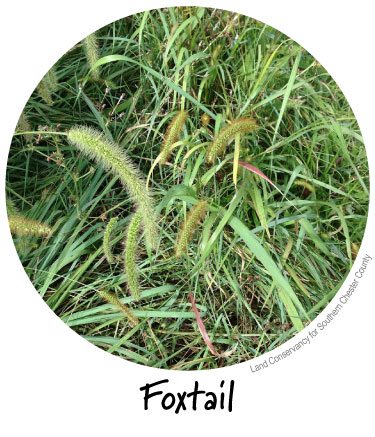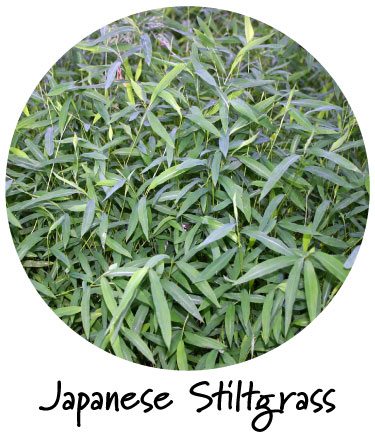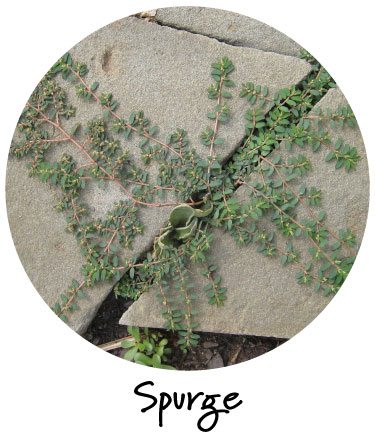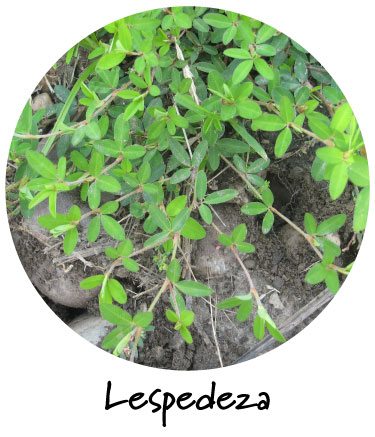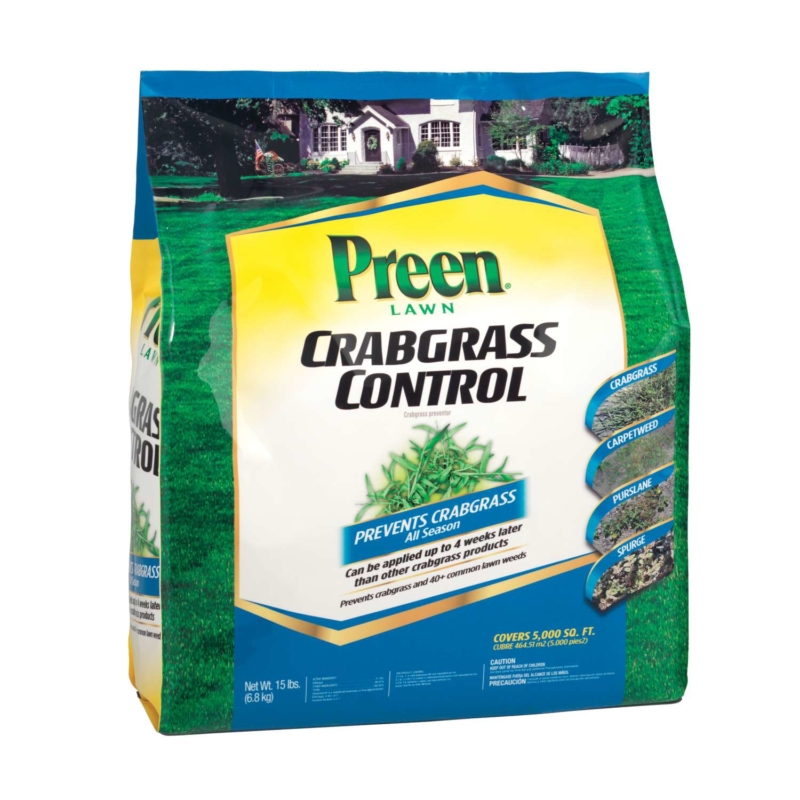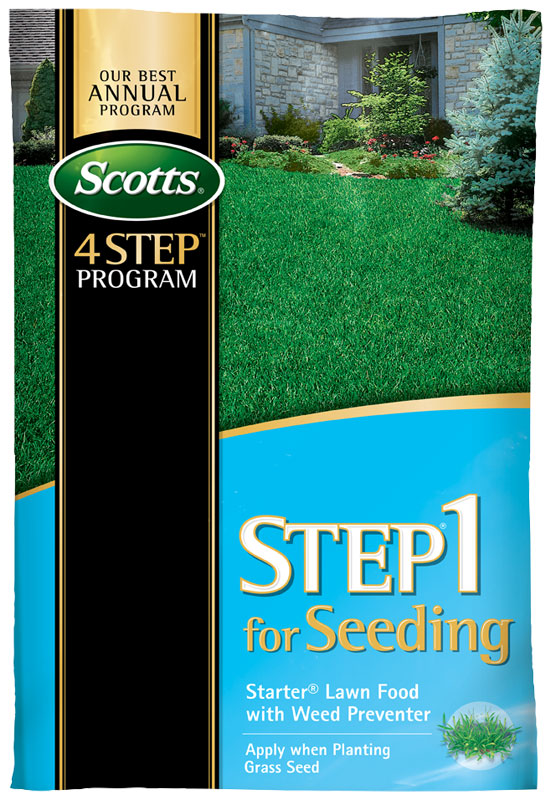Turf Tips: Controlling Winter Weeds
This post was originally published in March 2017 and was updated with new product recommendations on April 2, 2021.
David Yost, Merrifield Plant Specialist and Turf Expert
Spring is just around the corner. Before long you’ll be sowing grass seed, applying fertilizer, and mowing the lawn! To return your lawn to a thick, healthy state, March is the time to begin controlling pesky winter weeds currently taking over your lawn, and preventing summer weeds.
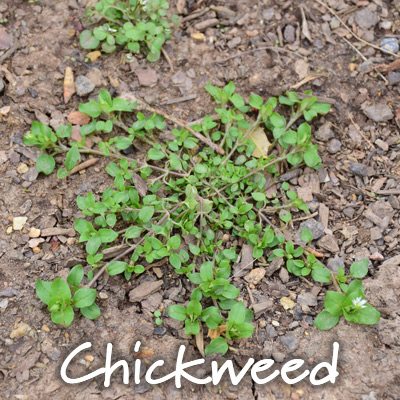 |
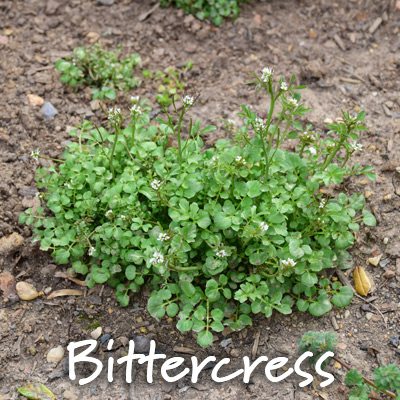 |
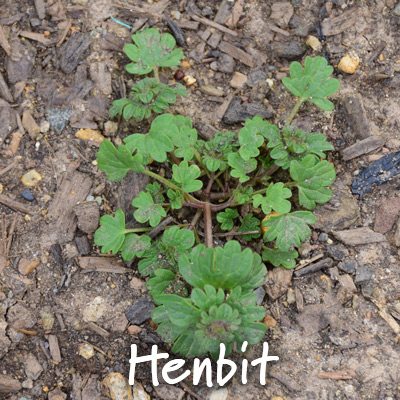 |
 |
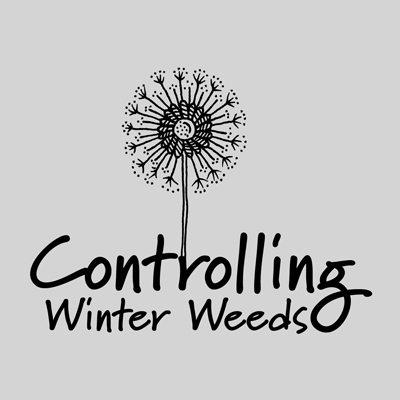 |
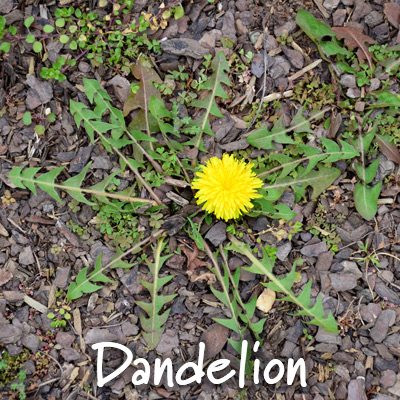 |
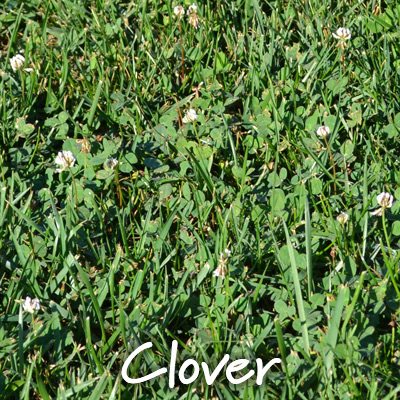 |
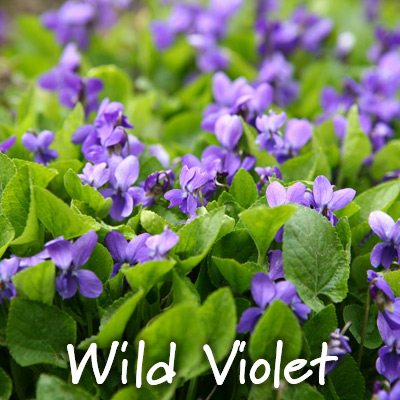 |
Winter weeds include chickweed, bittercress, henbit and deadnettle, as well as perennial weeds, such as clover, dandelion and wild violets. These winter weeds actually germinate in late September and early October, but they often go unnoticed in the fall when they’re just young seedlings. They overwinter as a small rosette, and come spring they are ready to strike with a vengeance!
Winter weeds typically flower in March, but can start blooming in February if temperatures are warm! Regardless of when they bloom, you can stop them dead in their tracks with the right control product.
Products to Control Winter Weeds
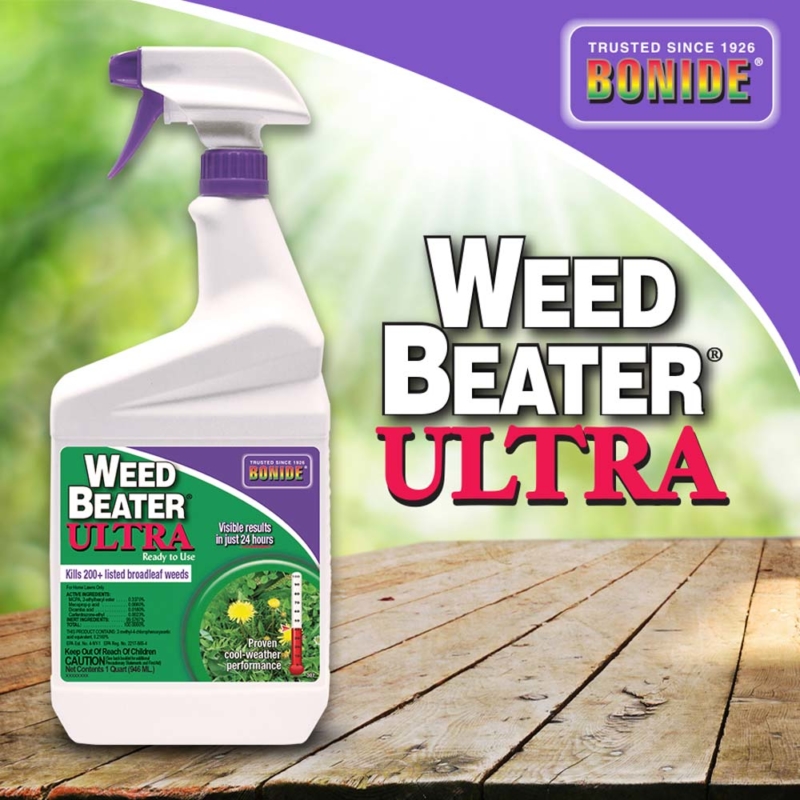
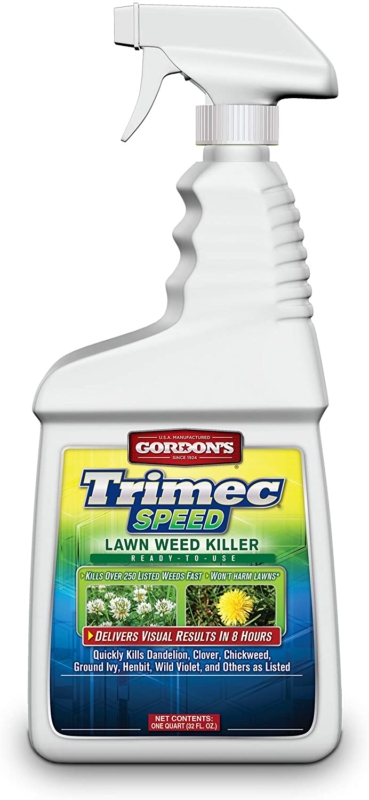
Two of our recommended products for Trimec Speed (a new product from Gordon’s for residential use, comparable to Speed Zone, their commercial product), and Bonide Weed Beater Ultra. Generally speaking, liquid weed killers are ideal for controlling actively growing weeds because they typically provide better surface area coverage than granular products. Plus, since they are applied as a spray, they can be turned on or off as needed, limiting waste or overuse.
We really like Speed Zone as it contains the same three active ingredients as the other products, but also has Carfentrazone, which makes it work faster and be effective at lower temperatures. Speed Zone also has a two-week waiting period before reseeding the lawn, compared to the three-week waiting period that most of the other products require. This allows you to get started on your overseeding project sooner so that you will be growing thick and healthy turf.
Most winter annuals can be controlled with just one application of weed killer. However, because perennial weeds live year-to-year with an established root system, some of them may be more difficult to control than others. Clover, for example, can typically be controlled with just one application, while others, such as wild violet, may take several applications to effectively control.
Regardless of the weed control product you use, none of them will hurt your lawn if they’re used as directed. Be sure to treat any existing broadleaf weeds in the lawn now, so that you’ll be ready to start building a beautiful new lawn from a clean slate.


